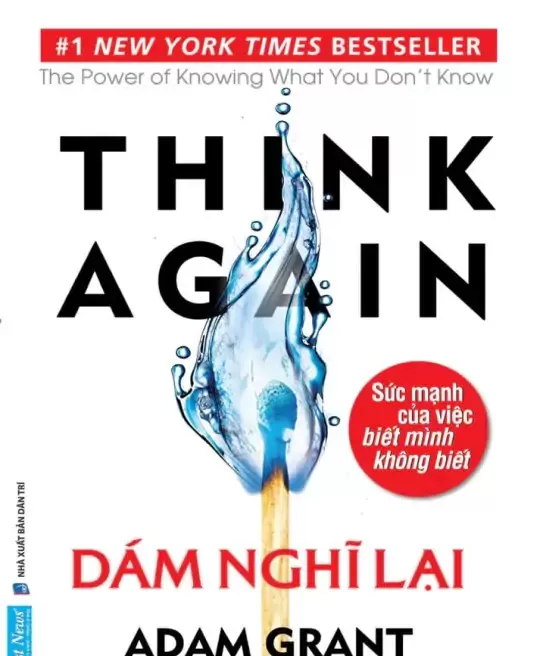const
a
=
parseInt
(
"16 volts"
,
10
);
// the " volts" is ignored, 16 is
// parsed in base 10
const
b
=
parseInt
(
"3a"
,
16
);
// parse hexadecimal 3a; result is 58
const
c
=
parseFloat
(
"15.5 kph"
);
// the " kph" is ignored; parseFloat
// always assumes base 10
A
Date
object can be converted to a number that represents the number of millisec‐
onds since midnight, January 1, 1970, UTC, using its
valueOf()
method:
const
d
=
new
Date
();
// current date
const
ts
=
d
.
valueOf
();
// numeric value: milliseconds since
// midnight, January 1, 1970 UTC
Sometimes, it is useful to convert boolean values to 1 (true) or 0 (false). The conver‐
sion uses the conditional operator (which we will learn about in
):
const
b
=
true
;
const
n
=
b
?
1
:
0
;
Converting to String
All objects in JavaScript have a method
toString()
, which returns a string represen‐
tation. In practice, the default implementation isn’t particularly useful. It works well
for numbers, though it isn’t often necessary to convert a number to a string: that con‐
version usually happens automatically during string concatenation or interpolation.
But if you ever do need to convert a number to a string value, the
toString()
method
is what you want:
const
n
=
33.5
;
n
;
// 33.5 - a number
const
s
=
n
.
toString
();
s
;
// "33.5" - a string
Date
objects implement a useful (if lengthy)
toString()
implementation, but most
objects will simply return the string
"[object Object]"
. Objects can be modified to
return a more useful string representation, but that’s a topic for
. Arrays,
quite usefully, take each of their elements, convert them to strings, and then join
those strings with commas:
const
arr
=
[
1
,
true
,
"hello"
];
arr
.
toString
();
// "1,true,hello"
Converting to Boolean
, we’ll learn about JavaScript’s idea of “truthy” and “falsy,” which is a way
of coercing all values to true or false, so we won’t go into all those details here. But we
will see that we can convert any value to a boolean by using the “not” operator (
!
)
twice. Using it once converts the value to a boolean, but the opposite of what you
want; using it again converts it to what you expect. As with numeric conversion, you
Data Type Conversion | 53


